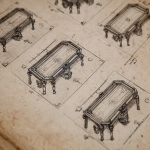Explore the Best AI Image Gallery
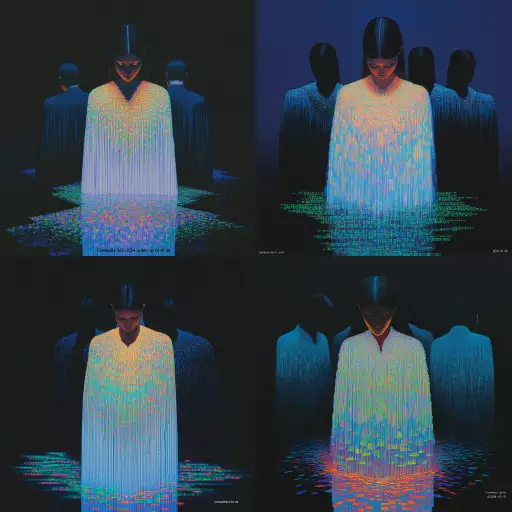
The Connected Canvas: How IoT is Transforming the Creative Industry
The Internet of Things (IoT) is rapidly weaving itself into the fabric of our lives, and the creative industry is no exception. This interconnected web of devices, sensors, and data is opening up unprecedented opportunities for artists, designers, and innovators to push the boundaries of creativity and expression.
Redefining Artistic Expression
Imagine a world where your emotions can be translated into music, or where a painting comes to life with interactive elements controlled by your movements. IoT enables this and more, blurring the lines between the physical and digital realms. Artists are now using smart sensors embedded in their creations to capture real-time data – from heartbeats to environmental conditions – and translate it into dynamic, ever-evolving artwork. This opens up a new dimension of immersive experiences for viewers, allowing them to actively participate in the artistic process.
Smart Homes as Creative Studios
The home itself is becoming a canvas for creative expression. Smart lighting systems can be programmed to create mesmerizing patterns and moods, while voice-activated assistants can help composers compose music or writers craft stories. Imagine a smart mirror that responds to your movements, transforming into a platform for interactive dance performances or personalized fashion design.
Applications in Design and Beyond
The impact of IoT extends far beyond fine arts. In architecture, sensors can monitor building performance in real time, allowing architects to optimize energy efficiency and create sustainable structures. In product design, connected devices enable the creation of personalized, adaptive products that respond to user needs.
Navigating Ethical Considerations
As with any powerful technology, IoT raises ethical considerations that must be carefully addressed.
- Data Privacy and Security: The vast amounts of data collected by IoT devices raise concerns about user privacy and security. It is crucial to ensure that personal information is protected and used responsibly.
- Bias and Discrimination: AI algorithms used in creative applications can perpetuate existing biases, leading to discriminatory outcomes. It is essential to develop ethical frameworks and guidelines to mitigate bias and promote fairness.
- Accessibility and Inclusivity: IoT technologies should be accessible to everyone, regardless of their abilities or socioeconomic status.
Future Trends in the Connected Canvas
The convergence of IoT, AI, and augmented reality (AR) is poised to revolutionize the creative industry further.
- Personalized Creative Experiences: Imagine AR experiences that adapt to your emotions, preferences, and even physical location, creating truly immersive and individualized art encounters.
- Democratization of Creativity: IoT tools will empower individuals with limited resources to participate in creative endeavors, breaking down barriers to entry and fostering a more inclusive creative landscape.
- AI-Assisted Creativity: Artificial intelligence will play an increasingly important role in assisting artists, providing inspiration, generating ideas, and even co-creating works of art.
Conclusion
The Internet of Things is transforming the creative industry, enabling new forms of expression, fostering collaboration, and blurring the lines between the physical and digital worlds. As we continue to explore the potential of this interconnected future, it is essential to navigate ethical considerations responsibly and ensure that creativity remains accessible and empowering for all.



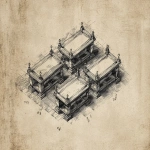
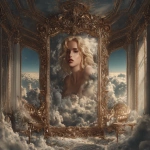
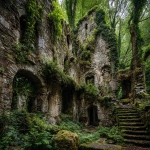
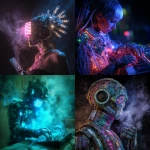
](https://images.ai-img.art/thumbnails/150/3ccc82ef0ad0cc1ab1dfb5b8e6bc37924fcad45dadf41cbd1cb21d19fc7f640a.webp)


](https://images.ai-img.art/thumbnails/150/807ac97f95d56e8cc7cf714e13299d80bf6bcb5b4d80b77a7f06f30246184943.webp)
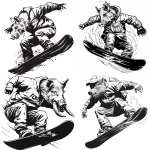




](https://images.ai-img.art/thumbnails/150/fc468fe14407b96489933a55227127071fd5f6c0505be74ca4dcb2f1e2fa3771.webp)
](https://images.ai-img.art/thumbnails/150/83ec831b9fb19e0db5a520b051b9556f3f594b87acc957ffee094a06a565e6f0.webp)
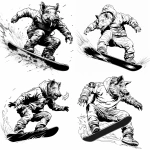
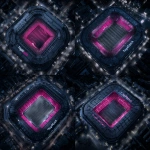

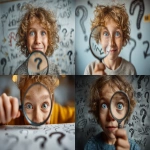
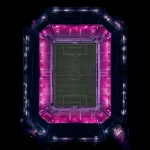

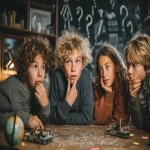
](https://images.ai-img.art/thumbnails/150/738b292720ee21b57673dfb75ad851f4c34d16f5006ae3027ba685feaddb6b04.webp)

](https://images.ai-img.art/thumbnails/150/05b3252b3f681226a3df9027b069db31c005f91b72257a74367c4102f03a2ba0.webp)
](https://images.ai-img.art/thumbnails/150/57afc09cc38edf73880f760b7ebe1852c5522c6b4051836717b2e56b6f7f913c.webp)
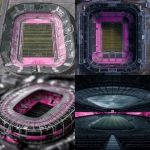

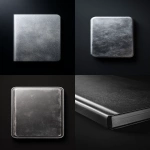
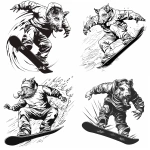
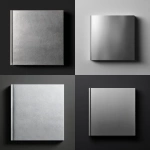
](https://images.ai-img.art/thumbnails/150/69d81ae5ecde297f3c11da78435c5fc00fbac7b00e2c7ccd89d7bbeb014e0541.webp)
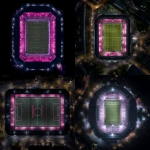
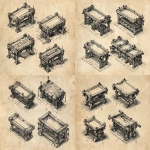
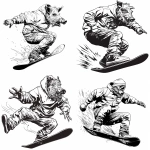
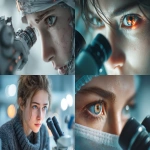



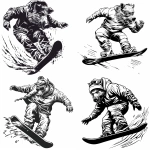
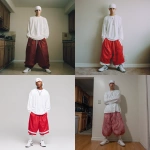

](https://images.ai-img.art/thumbnails/150/908bcb9950a44fd4b37d1a84cf00178988cea9507738d7ad4f92707c692461ef.webp)
